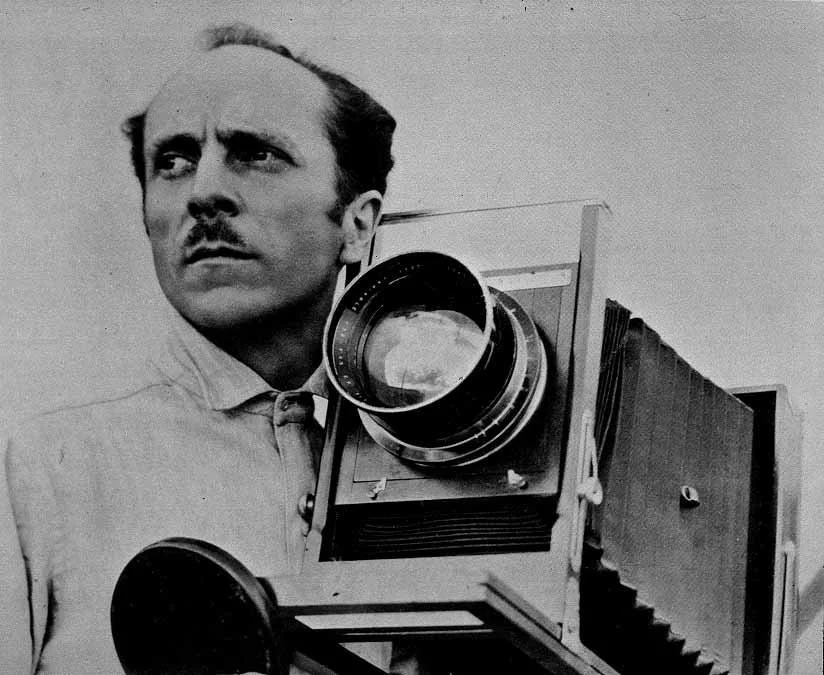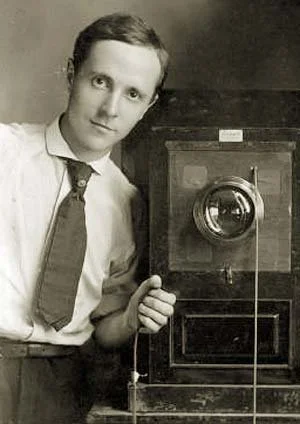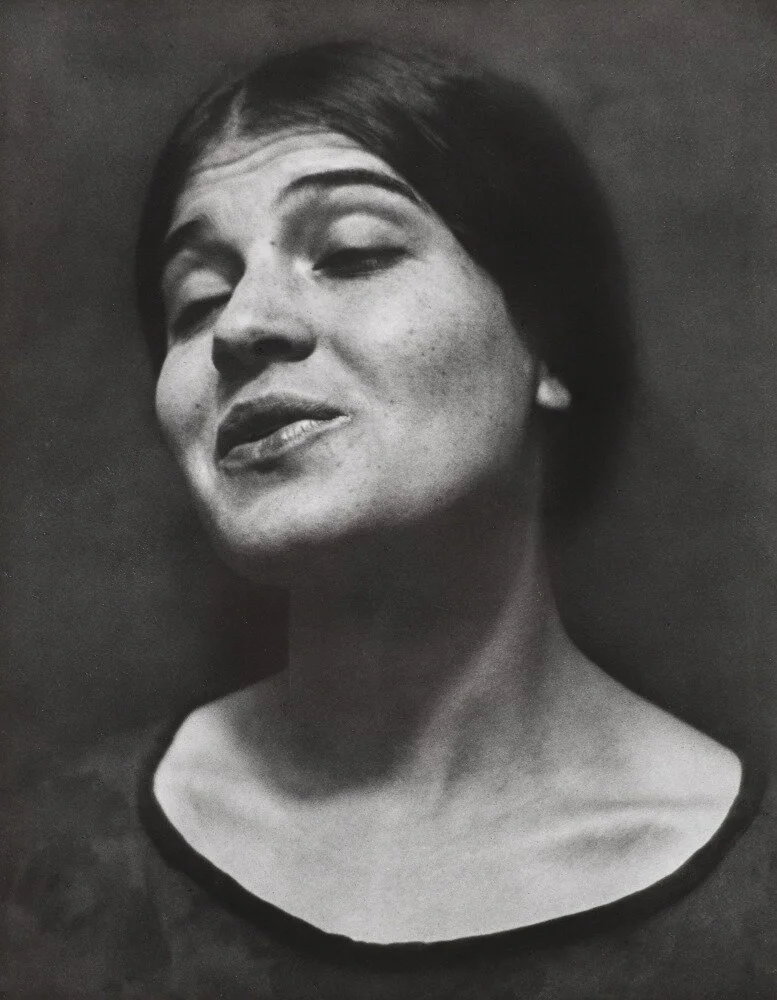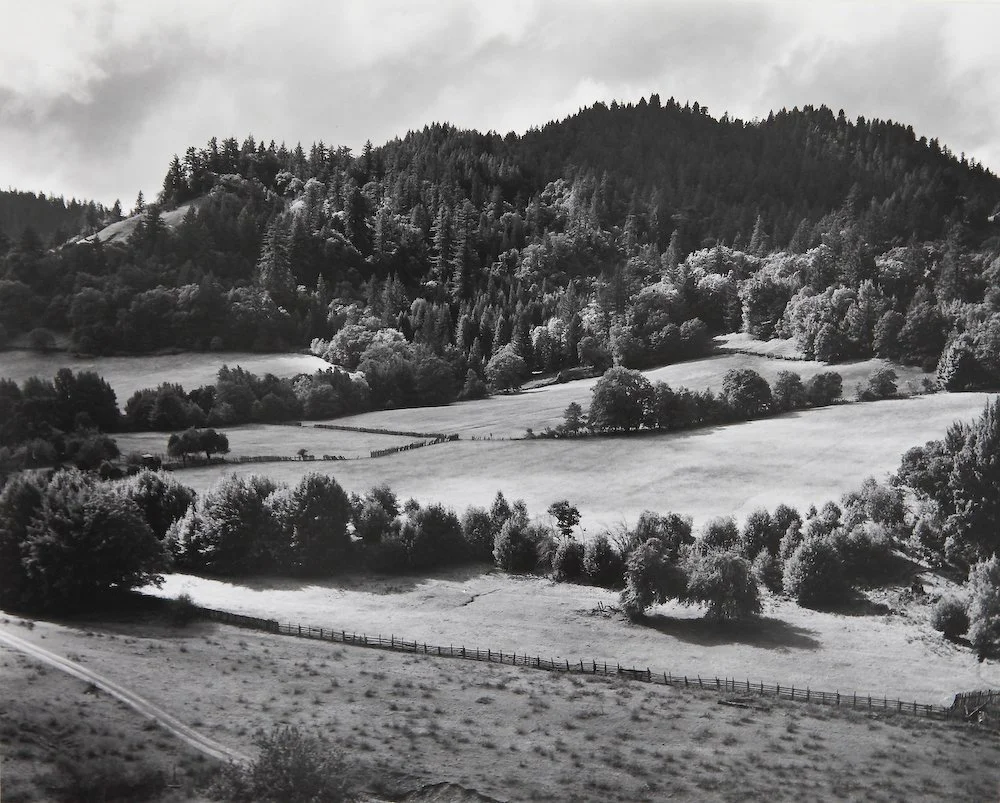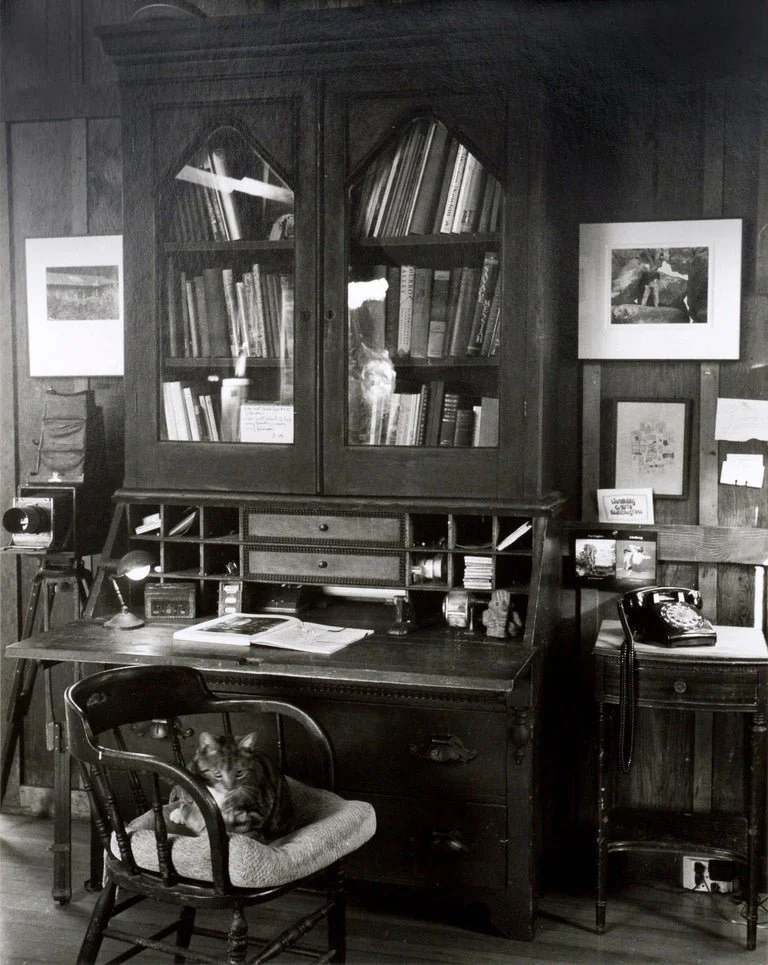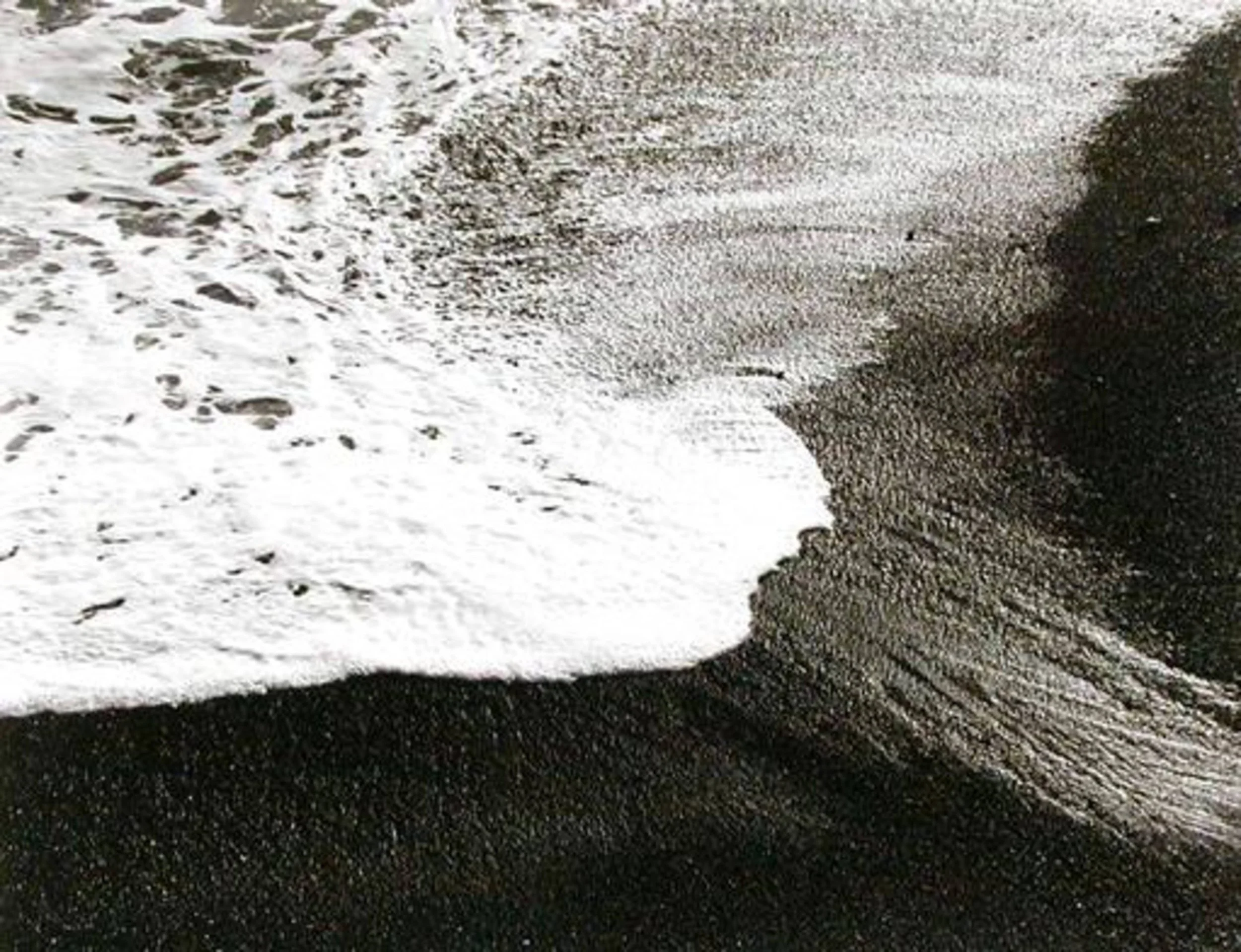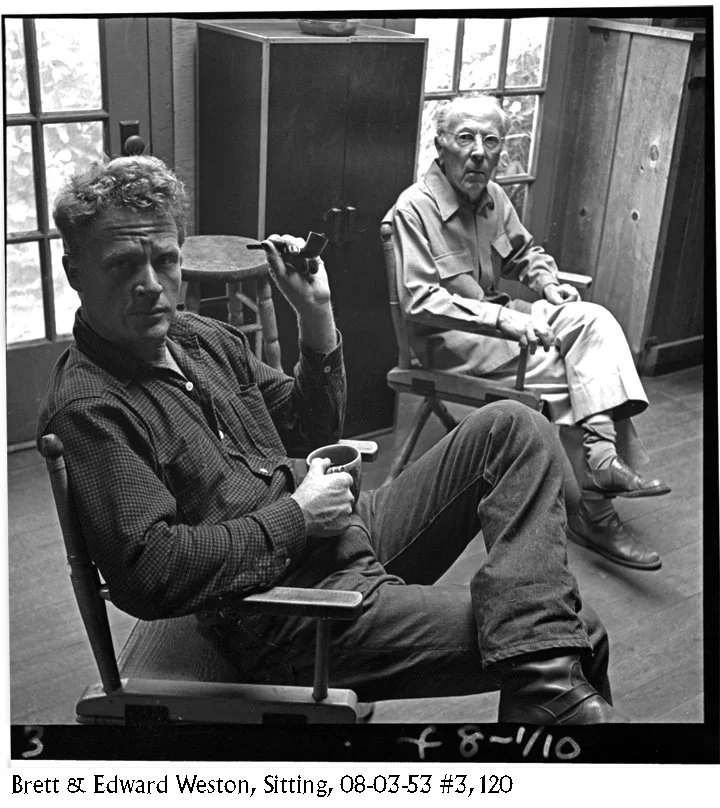Edward Weston Photography Analysis
Edward Weston’s Photographic Start
Edward received his first camera at the age of 16 from his father. Edward was born and raised in Illinois but soon after receiving that camera, he made the move to California, in 1911, where he basically spent the entirety of his life. His followed his sister May out to Tropicana where his photographic career started to take off.
He first gravitated to the portraiture profession and was active in salon groups in Los Angeles. He focused on the pictorilist style which is when photographers used soft focus and certain printing techniques to closely imitate paintings. He became very well known in the industry and was frequently accepted into exhibitions with his peers.
Edward Weston’s Time in Mexico
Edward first visited Mexico with Tina Madotti in 1923 where they opened a small photo studio together in Mexico City. These were informative photographs years for Edward. He met and interacted with various important artistic figures such as: Frida Kahlo, Diego Rivera, and Jose Clemente Orozco. A classic series he pursued in Mexico was his “Heroic Heads” series. A collection of powerful portraits shot from a low angle and creating a sense of power in his subjects.
Establishing Photography as an Art Form
He soon grew tired of the pictorilist style and started branching out into a style all of his own. He no longer desired the soft focus and wanted something more out of his work. Being rather isolated in California, he didn’t have a ton of other photographic influences as others did on the East Coast. What Edward did was use other artist works such as paintings, and sculpture to influence his photography.
When Edward returned from Mexico in 1927, he went full throttle into the genre he is most known for cultivating into art - natural forms, rocks, trees, vegetables, shells, etc. His images had a full degree of tonal values and always had sharp focus. Edward started the idea that straight photography could be considered an art form all by itself.
Group F64
He became one of the founding members of Group f/64 in 1932 with Ansel Adams, Willard Van Dyke, Imogen Cunningham and Sonya Noskowiak. The group chose this optical term because they habitually set their lenses to that aperture to secure maximum image sharpness of both foreground and distance. 1936 marked the start of Weston’s series of nudes and sand dunes in Oceano, California, which are often considered some of his finest work. This was a group of West Coast photographers that were pushing the boundaries of photography of the time.
The Guggenheim Fellowships
He became the first photographer to receive a Guggenheim Fellowship for experimental work in 1936. Following the receipt of this fellowship Weston spent the next two years taking photographs in the West and Southwest United States with assistant and future wife Charis Wilson.
During this time, Edward and Charis travelled across the United States in their trusty automobile, Heimy, where they would camp in while on various sites to photograph. Charis talks about how when Edward needed to load film, they would set up a tent around the car for him to have total darkness.
Edward’s photographic equipment on his trip included: 8×10 Century Universal view camera; Paul Ries tripod with tilting top; triple convertible Turner Reich lens; 12” 21” 28,” with Zeiss Protar element; 12 film holders; lens shade; Weston Lightmeter; K2, G A filters.
During Year 1 of the Guggenheim Fellowship,: Edward and Charis logged 17 Trips covering 16,697 miles in 197 days and producing 1260 negatives.
Edward Weston’s Daybooks
Edward Weston wrote in his daybooks as a way to expel stress, to log important events that happened in his life and to record photographic truths that he realized as he worked. This was a journal that Edward could be open and honest with without the fear of repercussion. Edward was a prolific and gifted writer. Many of his excerpts from he daybooks have been re-issued and quoted in modern day photography.
In total, he wrote two volumes of daybooks over his lifetime. There were the Mexico years and the California years. He destroyed a portion of the writings in 1923 before heading down to Mexico and altogether stopped writing in 1934.
Edward Weston’s Wildcat Hill and Point Lobos
Edward and Charis settle on Wildcat Hill in 1938. They bought the property from Charis Wilson’s father who lived across the canyon. It cost a total of $1,000 to buy the property and to have Edward’s son Neil build them a small cabin with a small darkroom attached. For many years they lived and partied in a one room cabin where when they had dance parties, would move the couch to the side of the room. Not only were they in such a small space but they at one point had 40 cats on the property. Edward and Charis loved cats and together constructed “The Cats of Wildcat Hill” Edward photographed the cats with his 8x10 view camera and Charis constructed the writings.
During this time on Wildcat Hill, Edward’s photographic muse was Point Lobos. He spent countless hours with the jagged rocks and twisted cypress making prints. Brett was the first Weston to discover Point Lobos. While his dad was away, Brett photographed and printed images from Point Lobos and hung them up in Edward’s house. When Edward returned, he wasn’t mad that Brett had taken down all his father’s work but just asked his son to take him to this magical place.
Parkinson’s Disease and End of Life
Edward made his last image in 1948, of Point Lobos, 10 years before his death due to Parkinson’s disease. He slowly lost control of his motor functions making it impossible to perform the fine tactical skill of photography. During this time his son, Brett Weston, helped him complete a project known as the “Project Prints” where Brett would print his father’s negatives in the darkroom on Wildcat Hill. Edward was always present during the printing and had to always inspect and approve Brett’s work. These prints are recognizable as they are signed just “EW” as his hands were too shaky for his full signature.
